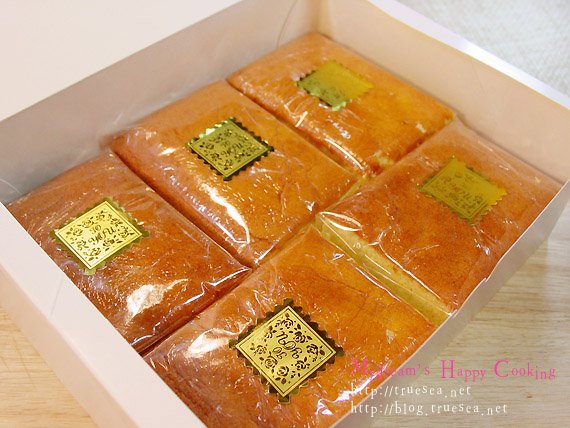
Castella
It's a soft, soft, Castella
6 serving
Within 120 minutes

마이드림
- Ingredients
-
-
Powerful rice flour200g
-
Sugar200g
-
Salt1g
-
Milk50cc
-
Oligosaccharide1/4cup
-
Eggs8ea
-
- Cooking Steps
-
STEP 1/5It's a separate method of making egg whites and yolks separately. Separate the egg yolk from the white, add 1/3 of the sugar, and whip the yolk to produce a creamy color. Start foaming the egg whites, then add the rest of the sugar, whipping enough to form horns. (If you have one hand mixer, whipping the egg white first and then whipping the yolk later. If the egg yolk or moisture is in the egg white, you can't whip it.)
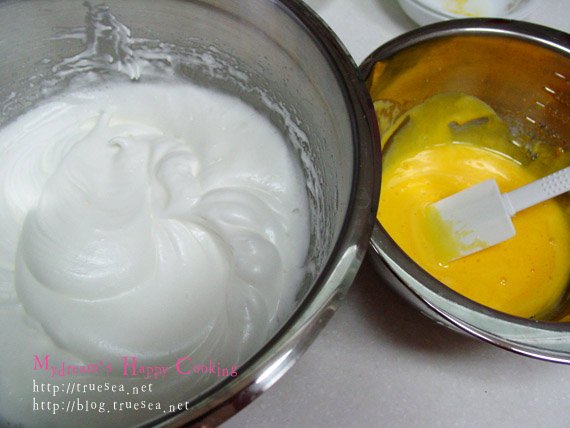 STEP 2/5I'm going to mix the egg yolk with the meringue. Drain the meringue from the edges so that it does not turn off and mix in a measuring cup with 50cc of milk, enough oligosaccharide and honey, turning it in the microwave for 30 seconds, warming it to slightly warm.When mixing, you have to mix it with a rubber spatula, stirring the floor from the edge so that the meringue doesn't turn off.
STEP 2/5I'm going to mix the egg yolk with the meringue. Drain the meringue from the edges so that it does not turn off and mix in a measuring cup with 50cc of milk, enough oligosaccharide and honey, turning it in the microwave for 30 seconds, warming it to slightly warm.When mixing, you have to mix it with a rubber spatula, stirring the floor from the edge so that the meringue doesn't turn off.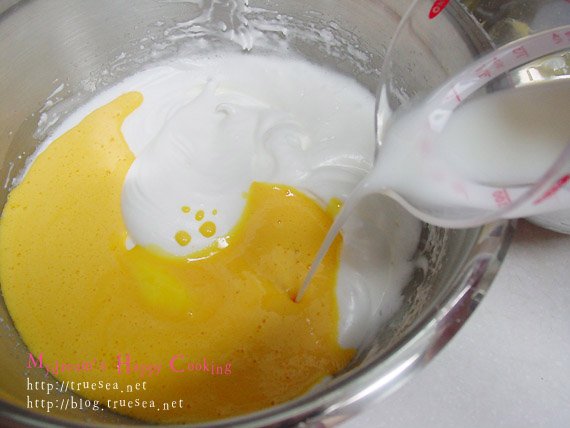 STEP 3/5Mix the strong rice powder that has been sifted several times in meringue 3 to 4 times. Scratching the floor in an 11-shape like you scoop the soup with a rubber spatula, turning the dough bowl with the other hand and mixing it quickly so that the foam does not die and the castella does not get greasy later on.
STEP 3/5Mix the strong rice powder that has been sifted several times in meringue 3 to 4 times. Scratching the floor in an 11-shape like you scoop the soup with a rubber spatula, turning the dough bowl with the other hand and mixing it quickly so that the foam does not die and the castella does not get greasy later on.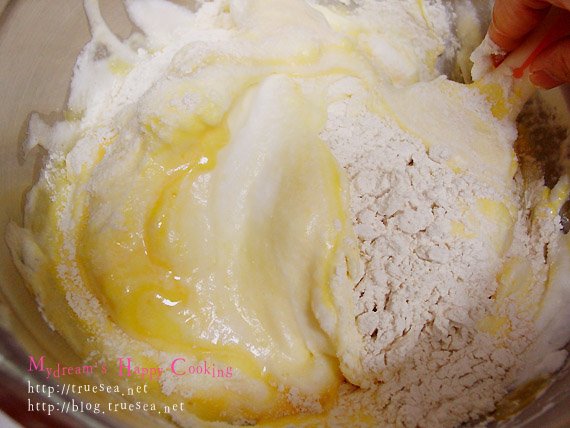 STEP 4/5The point is to make sure that you don't see the flour. If you stir too much, the bubbles will all burst and won't swell easily. It is important to do this process quickly.
STEP 4/5The point is to make sure that you don't see the flour. If you stir too much, the bubbles will all burst and won't swell easily. It is important to do this process quickly.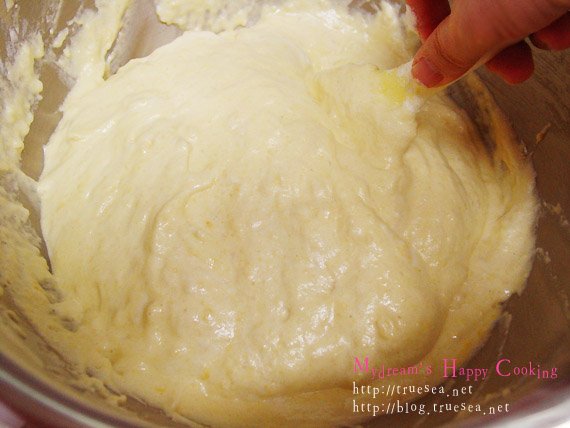 STEP 5/5Place parchment paper on a square frame and pour the dough. It's good to drop the dough from a high position as much as possible so that irregular large bubbles can be extinguished. (It takes time to peel parchment paper on the mold, so it's better to make it in advance when you start making bread. If you take a long time to cut and make the paper, the bubbles in the whipped dough can gradually disappear.)Pour the dough and hit it 2-3 times from the top to make big bubbles. Turn it off gently with a spatula. Hit it again, gently kill the bubbles that come up, and bake it in a 170-degree preheated convection oven for 10 minutes to color it.. Bake at 150 degrees for 40 to 45 minutes. (If you grill it for a long time at low temperatures, the top won't burn.) If it's done, poke the skewer and if there's nothing on it, it's well baked. Even if the top is golden, poke it once and bake it a little more if there is something sticky on the skewer.Otherwise, the center will turn off and the texture of the castella will not be good.
STEP 5/5Place parchment paper on a square frame and pour the dough. It's good to drop the dough from a high position as much as possible so that irregular large bubbles can be extinguished. (It takes time to peel parchment paper on the mold, so it's better to make it in advance when you start making bread. If you take a long time to cut and make the paper, the bubbles in the whipped dough can gradually disappear.)Pour the dough and hit it 2-3 times from the top to make big bubbles. Turn it off gently with a spatula. Hit it again, gently kill the bubbles that come up, and bake it in a 170-degree preheated convection oven for 10 minutes to color it.. Bake at 150 degrees for 40 to 45 minutes. (If you grill it for a long time at low temperatures, the top won't burn.) If it's done, poke the skewer and if there's nothing on it, it's well baked. Even if the top is golden, poke it once and bake it a little more if there is something sticky on the skewer.Otherwise, the center will turn off and the texture of the castella will not be good.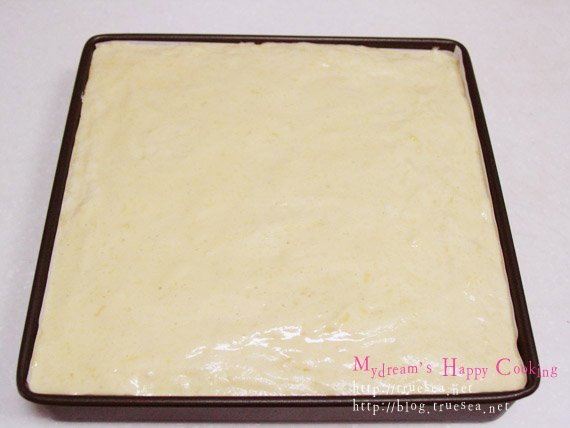
- Japchae Recommended recipe
-
-
1
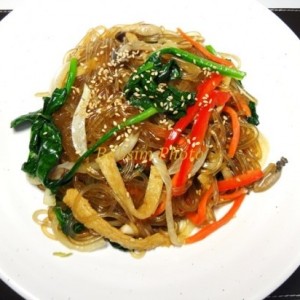 a quick-cooked japchae4.91(33)
a quick-cooked japchae4.91(33) -
2
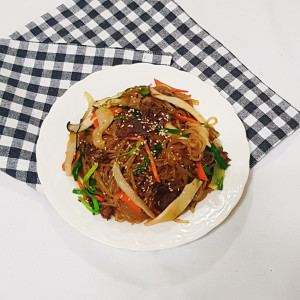 Golden recipe for japchae (It's not hard to make japchae~!!)4.92(13)
Golden recipe for japchae (It's not hard to make japchae~!!)4.92(13) -
3
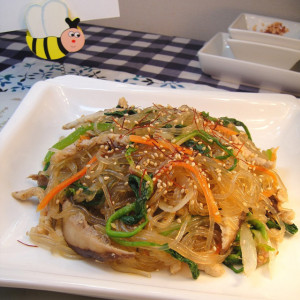 Mastering japchae perfectly (how to make japchae)5.00(14)
Mastering japchae perfectly (how to make japchae)5.00(14) -
4
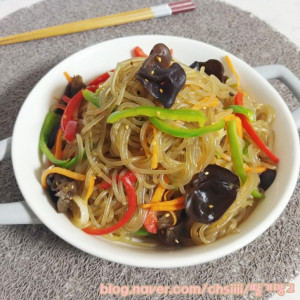 Meatless japchae (paprika japchae with only vegetables)4.88(17)
Meatless japchae (paprika japchae with only vegetables)4.88(17)
-
- Bulgogi Recommended recipe
-
-
1
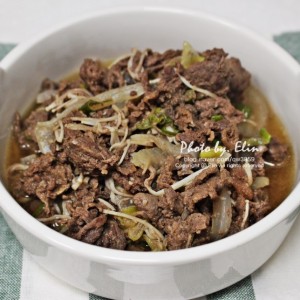 I'll tell you both versions of Jongwon Baek sauce and beef bulgo4.98(45)
I'll tell you both versions of Jongwon Baek sauce and beef bulgo4.98(45) -
2
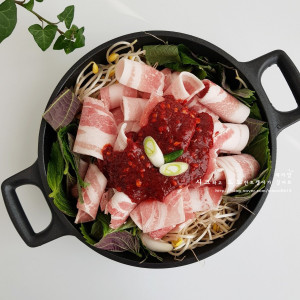 Making Jongwon Baek bean sprout bulgogi4.94(64)
Making Jongwon Baek bean sprout bulgogi4.94(64) -
3
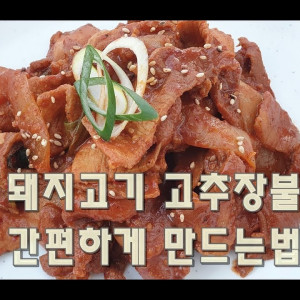 Pork, red pepper paste, bulgogi~ How to make it simple and delic5.00(29)
Pork, red pepper paste, bulgogi~ How to make it simple and delic5.00(29) -
4
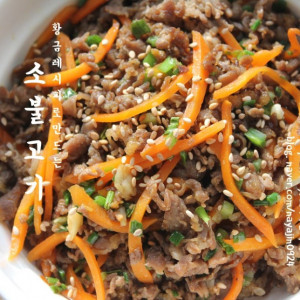 How to make beef bulgogi golden recipe without failure4.97(89)
How to make beef bulgogi golden recipe without failure4.97(89)
-